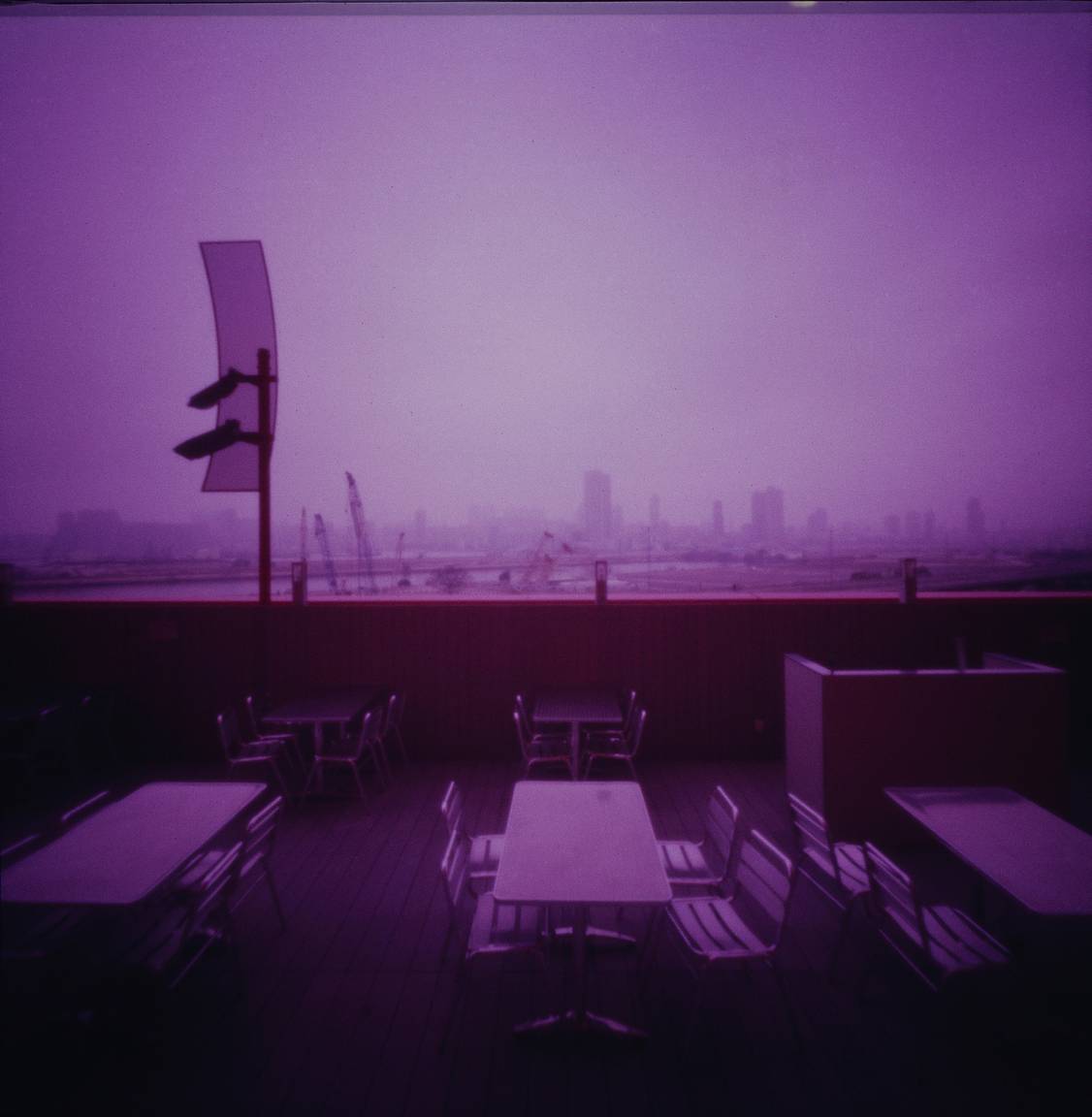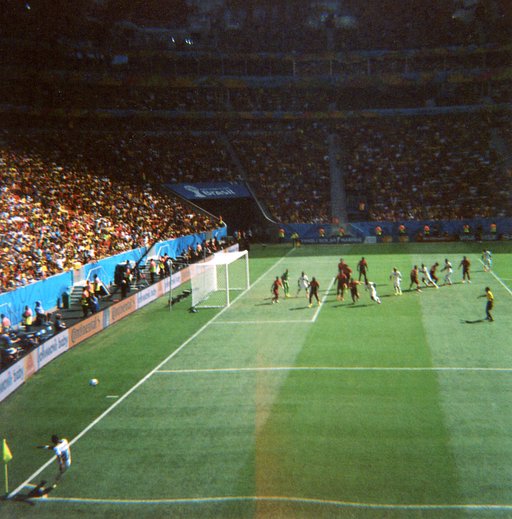Lomography X-Pro 200: Golden Tone From E6 Processing
4 29 Share TweetEveryone is familiar with Lomography X-Pro 200’s yellowish green tone when it is cross-processed. What happens when it is E6 processed? I tried it in 4 cameras and uncovered its original golden tones.

Slide films should be E6 processed but we are often seduced by the results of cross processing, causing us to forget their original saturated colors. Lomography X-Pro 200 film reeks of golden tones after E6 processed. How about the photos? Yes, they, too, have a slight golden tint. As slide films have narrower exposure latitude, I used a metered Minolta Hi-matic 7sII Rangefinder, Nikon FM2 SLR, Manual exposure Lubitel 166+, and, for the purpose of negative demonstration, the inaccurate Diana Multi-Pinhole Operator.

Minolta Hi-matic 7sII
The first roll is used for shooting sunset, the colors definitely have a golden hue. But when shot under daylight and indoors, it exhibits normal color temperature. Also, when shot in a front lighting condition, the sky will show a deeper hue, just like cross processing.
Nikon FM2
The best way to test a film’s color reproduction is to take some flower shots. However, I underexposed the film by 2/3 stops for a lower contrast, and the colors became less saturated (but easier to scan). Overall, there is slight yellow color cast, but the reds are still outstanding under daylight conditions. The old mailbox had lower contrast. For less saturated objects, the layering is still clear.
Lubitel 166+
Under cloudy conditions or indoors, the colors are most saturated when shot at ISO 200. Compared to 7sII, Lubitel 166+ lens adds more saturation; with the larger 120 format, details can be clearly seen and is more attractive. Reds, yellows, and purples pop out vividly. Although the flowers are taken with a plastic lens, they look just as beautiful.
Diana Multi-Pinhole Operator
Hmmm, it’s difficult to get correct exposure for pinhole photography. But I liked to take up the challenge and use the slide in a Diana Multi-Pinhole Operator. The result is that I adjusted the light meter wrongly and the entire roll is overexposed! One consolation is that I got some purplish photos. Next time, I will try to overexpose by 2 stops and see if I can get the same “romantic” effects.
How does one make full use of the film?
Every film is different, with pros and cons, the most important point is how one can utilize its unique characteristics. Personally, I feel that Lomography X-pro 200 is more suitable for warm tones or vintage look. It will turn out more saturated in low lighting conditions. Also, different camera produces slightly different results. You should try to find your favorite combination!
singleelderly tarafından, 2011-08-31 tarihinde ve #donanım #review #nikon-fm2 #e6 #lubitel-166 #lomography #lomography-x-pro-200 #diana-multi-pinhole-operator #user-review #minolta-hi-matic-7sii başlığında yazıldı.



































4 Yorum